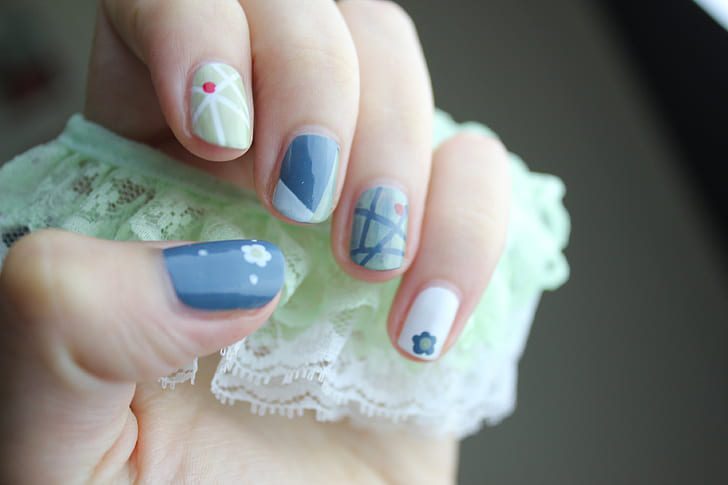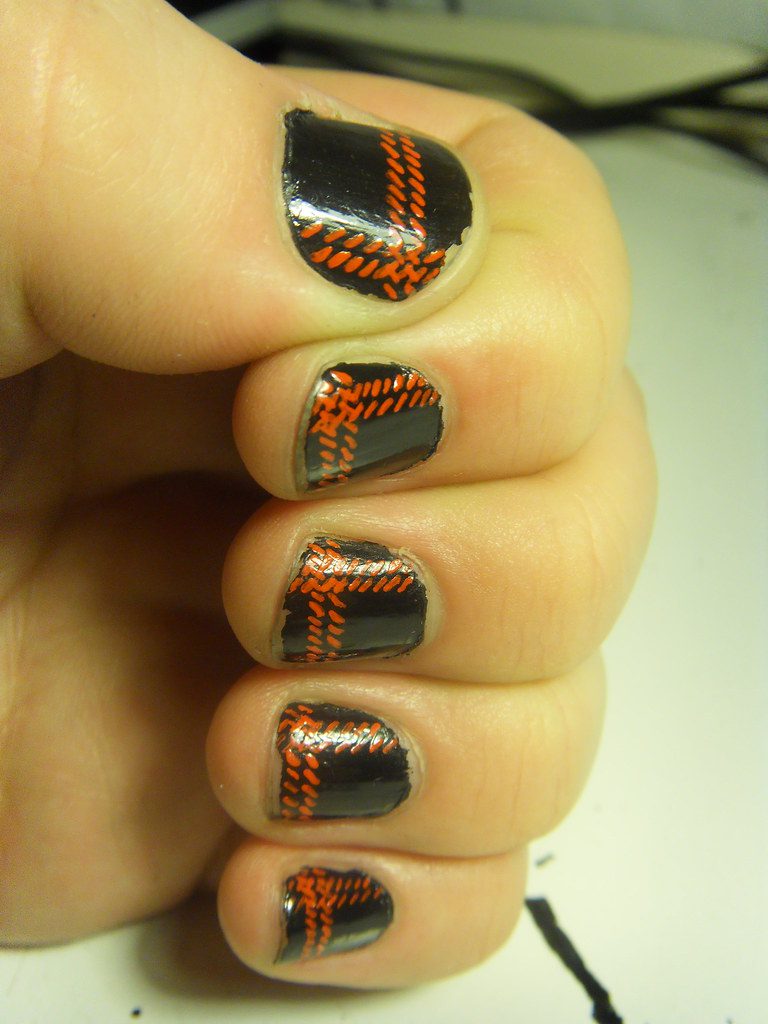“Vinyl Vogue: What Nails for Vinyl Siding Elegance”
Vinyl siding has made a stylish comeback in the world of home exteriors, offering a combination of historical charm and modern appeal. As homeowners seek elegance and durability, the choice of nails for vinyl siding becomes crucial. From installation techniques to color coordination and sustainability, there are key considerations to keep in mind. Let’s explore the key takeaways from this comprehensive guide to achieving vinyl siding elegance.
Key Takeaways
- Understanding the different nail types and sizes is essential for selecting the perfect nails for vinyl siding.
- Choosing the right nail composition, such as stainless steel or aluminum, can significantly impact the longevity of the siding.
- Precision drilling is crucial for flawless alignment during installation, ensuring a seamless and elegant finish.
- Matching nails with vinyl siding shades and embracing innovative design trends can elevate the overall aesthetic appeal of the exterior.
- Regular cleaning and care, along with eco-friendly choices and recycling of old siding, contribute to the long-lasting beauty and sustainability of vinyl siding.
The Resurgence of Vinyl Siding: A Stylish Comeback

Historical Context and Modern Appeal
Vinyl siding has made a remarkable comeback in the world of home exteriors, merging historical charm with modern technology. Initially popular for its cost-effectiveness and ease of maintenance, vinyl siding has evolved to offer a range of styles that can mimic more traditional materials like wood, without the associated upkeep.
Today’s homeowners are drawn to vinyl siding not only for its practical benefits but also for its aesthetic versatility. It can be found enhancing the beauty of both classic and contemporary homes, proving that it can transcend time and trends. The ability to emulate the look of wood, for instance, allows for the charm of a traditional exterior while providing the durability and longevity of modern materials.
Installation ease and a variety of color options have further cemented vinyl siding’s position as a favored choice. Whether you’re renovating a historic property or building a new one, selecting the right vinyl siding can significantly impact the overall appeal of your home.
Tip: When choosing vinyl siding, consider the architectural style of your home and the visual effect you wish to achieve. This will guide you in selecting the perfect texture and color to complement your home’s character.
Comparing Vinyl to Other Siding Materials
When it comes to choosing siding for your home, vinyl offers a blend of affordability and durability that is hard to match. Compared to materials like wood, aluminum, and fiber cement, vinyl siding stands out for its cost-effectiveness and low maintenance requirements.
Vinyl vs. Other Materials
- Affordability: Vinyl is generally more budget-friendly than other siding options.
- Maintenance: Requires less upkeep compared to wood siding, which needs regular painting and staining.
- Durability: Resists weathering better than aluminum, which can dent and fade over time.
- Installation: Easier and quicker to install than fiber cement, which is heavier and requires more labor.
Tip: Always consider the long-term costs of maintenance and potential repairs when selecting siding materials.
Vinyl siding’s versatility also allows for a wide range of styles and colors, making it a popular choice for homeowners looking to enhance their home’s curb appeal without breaking the bank. While it may not have the same natural aesthetic as wood or the modern look of fiber cement, vinyl siding has made significant strides in design, offering options that mimic these materials quite convincingly.
Selecting the Perfect Nails for Vinyl Siding

Understanding Nail Types and Sizes
Selecting the right nails for vinyl siding is not just a matter of aesthetics; it’s a crucial step in ensuring the durability and integrity of the installation. The minimum nail size recommended is 1-1/2 inches, which provides adequate depth to anchor the siding securely over common structural sheathing.
When considering nail specifications, focus on two key dimensions: the head and the shank. A minimum head diameter of 7.9 mm (5/16 in.) ensures the nail holds the siding in place without pulling through, while a minimum shank diameter of 3.2 mm (1/8 in.) provides the necessary strength to withstand environmental forces.
Most siding nailers are compatible with 15-gauge nails, which are available in lengths from 1-1/2" to 2-1/2". This range accommodates various siding profiles and installation requirements. It’s essential to choose the correct gauge and length to prevent damage to the siding and ensure a secure fit.
Tip: Always verify the nail compatibility with your siding nailer model to avoid installation issues.
Material Matters: Choosing the Right Nail Composition
The integrity of your vinyl siding installation hinges on the composition of the nails used. Nails not only need to be strong enough to hold the siding in place over time but also resistant to the elements to prevent corrosion. Galvanized steel or aluminum nails are often recommended due to their durability and rust resistance.
- Galvanized steel nails are coated with zinc to fend off rust, making them ideal for areas with high moisture or salt exposure.
- Aluminum nails are naturally corrosion-resistant and lighter, which can be beneficial for certain types of vinyl siding.
Tip: Always ensure that the nail composition is compatible with your local climate and environmental conditions to avoid premature wear.
Selecting the right nail material is a balance between cost, performance, and longevity. While stainless steel nails offer the highest level of durability, they come at a higher price point. Ultimately, the choice should align with the specific needs of your siding project and the expected lifespan of the installation.
Installation Techniques for Maximum Elegance

Precision Drilling: Ensuring Flawless Alignment
Precision drilling is crucial for achieving flawless alignment and ensuring a professional finish for your vinyl siding. Using the right tools and techniques can make a significant difference in the overall appearance of your siding installation. One key aspect to consider is the angle of the drill, which directly impacts the alignment of the nails. Additionally, paying attention to the depth of the drill can prevent damage to the siding material. Here’s a quick reference table for the recommended drill angles and depths:
| Drill Angle | Depth |
|---|---|
| 45 degrees | 1 inch |
| 90 degrees | 1.5 inch |
Remember, precision drilling not only enhances the visual appeal but also contributes to the longevity of your vinyl siding. As a best practice, always double-check the alignment and depth before securing the nails in place. This attention to detail will result in a polished and elegant finish for your vinyl siding installation.
Avoiding Common Mistakes During Installation
Proper installation of vinyl siding is crucial for achieving that sought-after elegance. One common mistake to avoid is the improper spacing of nails. Nails should not be too tight against the siding, as vinyl needs room to expand and contract with temperature changes. Overdriving nails can cause the siding to buckle, while underdriving can lead to loose panels that may rattle or even come off in strong winds.
Another point of attention is the alignment of panels. Each panel should be level and consistently spaced to maintain a uniform appearance. Misaligned panels can disrupt the visual flow and compromise the integrity of the siding installation.
- Use a chalk line or laser level to ensure straight, even rows.
- Check the level of each panel before securing it in place.
Tip: Always start from the bottom and work your way up, overlapping panels correctly to prevent moisture infiltration.
Lastly, it’s essential to consider the weather conditions during installation. Extreme temperatures can affect how vinyl siding behaves, so plan your project accordingly. Avoid installing siding in very hot or cold weather, which can lead to expansion or contraction issues after installation.
Color Coordination and Design Considerations

Matching Nails with Vinyl Siding Shades
The aesthetic appeal of vinyl siding can be greatly enhanced by selecting the right nail color to complement your siding shades. Color-matched nails blend seamlessly, creating a clean, uniform look that enhances the overall appearance of your home’s exterior. It’s not just about the visual appeal; the right nail color can also help to minimize the visibility of nail heads, which can otherwise detract from the sleek finish of the siding.
When choosing nails for your vinyl siding, consider the following points:
- The nail head should be just large enough to hold the siding in place without being overly conspicuous.
- Opt for nails with a painted or coated finish that matches the color of your siding.
- Remember that the goal is to complement the siding, not to draw attention to the nails themselves.
Tip: Always check the nail color in natural lighting conditions to ensure a true match with your vinyl siding. Indoor lighting can sometimes distort the color perception, leading to less than ideal results.
Innovative Design Trends in Vinyl Siding
When it comes to innovative design trends in vinyl siding, simplicity and sustainability are at the forefront. Homeowners are increasingly drawn to minimalist styles that emphasize clean lines and eco-friendly materials. This shift towards sustainable design is reflected in the growing popularity of recycled vinyl siding options. Additionally, the use of vertical siding and crisp white trim is expected to rise, adding a touch of classic elegance to modern exteriors. The combination of timeless design elements with eco-conscious choices is shaping the future of vinyl siding aesthetics.
Maintenance Tips for Long-Lasting Beauty

Regular Cleaning and Care for Vinyl Siding
Regular cleaning and care are essential for preserving the integrity and appearance of vinyl siding. It’s recommended to use a gentle detergent solution and a soft-bristled brush for cleaning. Avoid using abrasive materials or harsh chemicals, as they can damage the siding. Additionally, inspect the siding regularly for signs of wear, warping, or discoloration, and address any issues promptly to maintain the longevity of the installation. Here’s a simple checklist for vinyl siding maintenance:
- Clean the siding with a mild detergent and water solution.
- Inspect for any signs of damage or wear.
- Address any issues promptly to prevent further damage.
Remember, regular maintenance is key to preserving the beauty and functionality of vinyl siding.
When to Replace Nails and Perform Repairs
The longevity of your vinyl siding is significantly influenced by the quality of the installation and the materials used, including the nails. Over time, nails may loosen or corrode, which can compromise the siding’s integrity and appearance. It’s essential to know when to replace nails and perform repairs to maintain the elegance and durability of your vinyl siding.
Regular inspection is key to identifying issues early. Look for signs such as loose panels, visible nail heads, or rust stains, which indicate it’s time for maintenance. When replacing nails, ensure that they are the correct type and size for your siding. Use a hammer or nail gun with precision to avoid damaging the panels.
Tip: Always replace nails with corrosion-resistant options to prevent future issues.
If you encounter more significant damage, such as cracked or broken panels, it may be necessary to replace entire sections of siding. In such cases, follow a step-by-step approach to ensure a seamless repair. Remove the damaged panel, replace it with a new one, and secure it with nails spaced appropriately, typically every 12 inches along the nailing flange.
Environmental Impact and Sustainability

Eco-Friendly Choices in Vinyl Siding
In the realm of home exteriors, vinyl siding has made significant strides towards sustainability. For environmentally conscious homeowners, the market now offers a variety of eco-friendly vinyl siding options. These products are designed to reduce environmental impact, from manufacturing processes to end-of-life recyclability.
Eco-friendly vinyl siding typically incorporates recycled materials in its composition, lessening the demand for new raw materials. Additionally, advancements in production technology have led to more energy-efficient manufacturing, further diminishing the siding’s carbon footprint.
When considering vinyl siding for your home, it’s crucial to look for products that have a lower environmental impact. Here are some factors to consider:
- The percentage of recycled content
- The siding’s durability and lifespan
- Energy efficiency ratings
- The manufacturer’s commitment to sustainable practices
Tip: Always check for certifications from recognized environmental organizations, which can serve as a guide to the most sustainable options available.
Recycling and Disposal of Old Siding
The lifecycle of vinyl siding doesn’t end at removal. As a durable material, vinyl siding can often be recycled, reducing its environmental footprint. When considering the disposal of old siding, it’s essential to explore eco-friendly options.
- Recycling: Many recycling centers accept vinyl siding, transforming it into new construction materials. It’s crucial to check with local facilities for specific guidelines and potential costs.
- Disposal: In cases where recycling isn’t an option, proper disposal is key. Some landfills are equipped to handle vinyl siding, but it’s important to verify if there are associated fees.
Tip: Before disposal, consider donating usable pieces of vinyl siding to local construction projects or charities. This not only benefits the community but also promotes sustainability.
Remember, each municipality may have different regulations for siding disposal. Always consult with your local waste management authorities to ensure compliance with environmental standards.
The environmental impact of our actions has never been more important. As we strive for sustainability, it’s crucial to consider the long-term effects of our choices. At NAILinspire.com, we are committed to promoting eco-friendly practices within the nail art community. From biodegradable products to energy-efficient processes, we are dedicated to minimizing our environmental footprint. Join us in our mission to create a more sustainable future for nail art enthusiasts everywhere.
Frequently Asked Questions
What are the best nails for vinyl siding installation?
The best nails for vinyl siding installation are stainless steel or hot-dipped galvanized nails. These materials are resistant to rust and corrosion, ensuring the longevity of the siding.
Can I use regular nails for vinyl siding?
It is not recommended to use regular nails for vinyl siding. Regular nails are prone to rust and corrosion, which can damage the vinyl siding over time. It’s important to use nails specifically designed for vinyl siding installation.
What size nails should I use for vinyl siding?
For vinyl siding installation, it is recommended to use nails that are 1 1/2 inches in length. These nails provide the necessary holding power without penetrating too deeply into the siding.
Do I need special tools to install vinyl siding nails?
Yes, you will need a specialized tool called a vinyl siding nail punch. This tool is designed to drive the nails into the siding without damaging the surface, ensuring a professional and elegant finish.
How often should I inspect and replace vinyl siding nails?
It is recommended to inspect vinyl siding nails annually for signs of rust, corrosion, or loosening. If any issues are found, the nails should be replaced promptly to maintain the integrity and beauty of the siding.
Are vinyl siding nails recyclable?
Yes, stainless steel and aluminum nails used for vinyl siding installation are recyclable. When replacing siding or nails, be sure to dispose of them in an environmentally responsible manner, such as through metal recycling programs.







